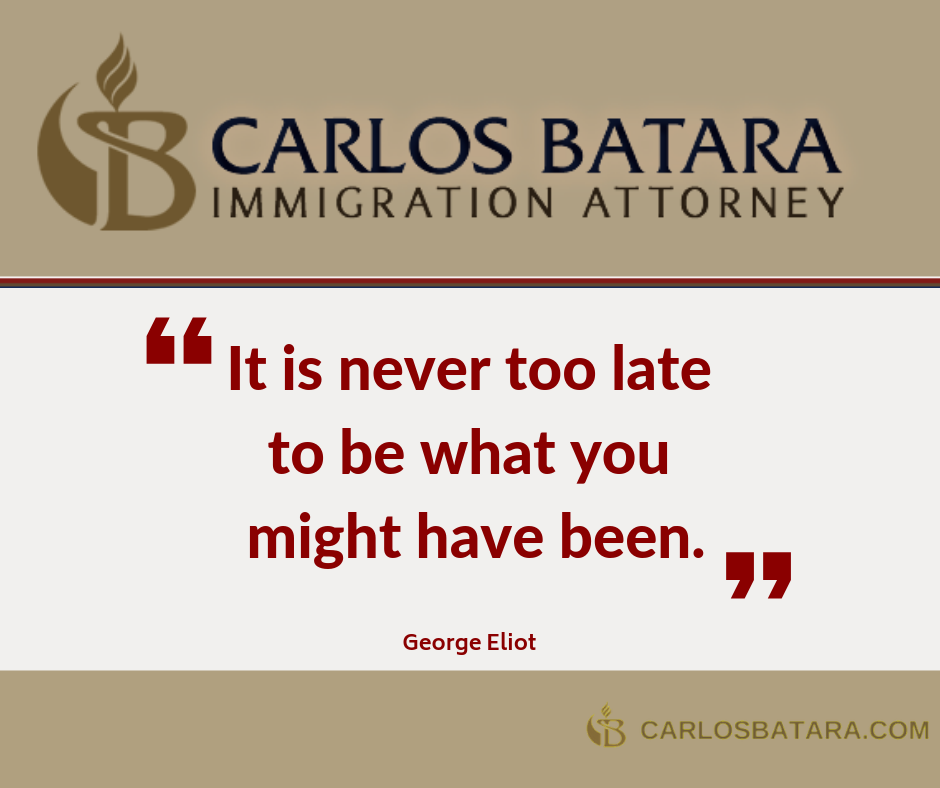
After Three Failures, Mexican Immigrant Proves Acquisition Of Citizenship By Birth
Tony, a resident of San Marcos, had just married Angela, who lived in Oceanside. Angela, a U.S. citizen, wanted to file family visa papers to immigrate Tony.
Tony feared he and his wife would be accused of immigration fraud. He had already tried three times to legalize his status and failed.
The government viewed Tony as a Mexican immigrant. Tony asserted that he was a U.S. citizen by birth.
If Angela filed an immigration family petition, Tony wondered, would the government look into his records?
Would the government think this was an attempt to get permanent resident status by any means possible?
Would they challenge the validity of the marriage?
Seeking help, Tony came to our Escondido immigration attorney office in North San Diego County.
Born in Mexico, Tony explained his mother was a U.S. citizen, his father a Mexican citizen. His mother was in high school when he was born.
Tony’s mother temporarily lived in two worlds. She spent extended weekends with his father in Mexico and returned home for the weekdays. After finishing high school, she lived in Mexico briefly. She married his father, but they soon divorced.
Tony had filed twice before to prove his citizenship, but it was denied both times.
Later, he married a U.S. citizen in Texas. She filed a family visa petition and a permanent residence application on his behalf. They divorced before his interview and he was forced to abandon his green card application.
After learning about Tony’s immigration ordeal and the unique history of his mother, Carlos recommended filing for citizenship – not just permanent residency through Angela. He told Tony that he qualified for the acquisition of citizenship through birth to this mother.
In his perspective, Tony was a U.S. citizen and he should do his utmost to prove it.
With legal representation this time, Carlos felt Tony would have a better chance to demonstrate he not simply a Mexican immigrant, but a U.S. citizen by birth.
Point blank, he asked Tony and his wife, “Neither course is guaranteed. Why settle for a green card?”
Carlos assured Tony that he would be there to assist him every step of the way. As a citizenship lawyer, he understood that it would take careful preparation to defeat any immigration fraud allegations.
After thinking about it for a few days, Tony and his wife decided to file for his citizenship.

Tony’s case faced several challenges. Victory was not guaranteed.
Acquisition of Citizenship cases, he explained, depend on well-organized documents that show requirements, like his mother’s residence history, fit into the citizenship scheme for the year of Tony’s birth.
First, our office needed to track down Tony’s previous immigration applications to find out exactly why they had failed.
Even though it seemed that Tony had proceeded earlier to show acquisition of citizenship, it was not entirely clear.
We had heard Tony’s version; we still needed to verify certain important details. When we obtained his files several months later, our fears were confirmed.
The documents showed he had filed the proper N-400 applications but had presented inconsistent dates and information.
The inconsistency, as suspected, had undermined his efforts to demonstrate that he was not a Mexican immigrant, but rather a U.S. citizen.
Second, Tony had lost his passport and other documents which proved how he had entered the U.S. many years ago.
Tony had not realized how complicated the rules were for proving citizenship, and kept poor records.
Third, to overcome the damage of his early applications, Tony needed better information about his family history.
Yet, Tony had never known his father. His mother had remarried. He did not know where she lived. He was not on speaking terms with her.
At this stage, Carlos realized legal skills would not be enough. Success depended on people skills.
Upon Carlos’ request, with some supportive prodding from Angela, Tony reluctantly set up a telephone conference with his grandparents.
Carlos urged Tony’s grandparents to help us locate and talk with his mother. To Tony’s surprise, they agreed. They knew it was important to prove Tony’s citizenship.
They arranged a meeting with Tony’s mother at our office.
Tony feared the meeting would fail. The meeting started uncomfortably. But by the end of the meeting, Tony’s mother was persuaded to assist him collect the needed evidence.
Now, we were able to create a vast paper trail documenting everything from his mother’s school records – to her employment history – to her parents’ rent records.
No stone was left unturned. Once the problems, gaps, and inconsistencies in Tony’s earlier applications were cleared up, Tony filed a new application.
A few months later, Tony was finally granted citizenship. His ordeal was over.
After several years and failed efforts, Tony had overcome the presumption that he was a Mexican immigrant.
All this work paid off another way. Tony rebuilt bridges with his mother and grandparents. Today, they are a family reunited, sharing holidays and special times together.
No matter how difficult the road ahead may seem, do not give up without exploring all your options. This series of immigrant success stories is dedicated to those who refuse to stop believing that some day, somehow, victory will be theirs.
This article about citizenship and permanent residence issues is Example Number 3 on the different types of challenges and obstances which immigration lawyer Carlos Batara has helped immigrants overcome.
Previous: A Four State Odyssey Through The Immigration Jail System
Ready to take a serious and honest look at the strengths and weaknesses of your immigration case? Let’s get started with a personalized strategy and planning consultation . . .





